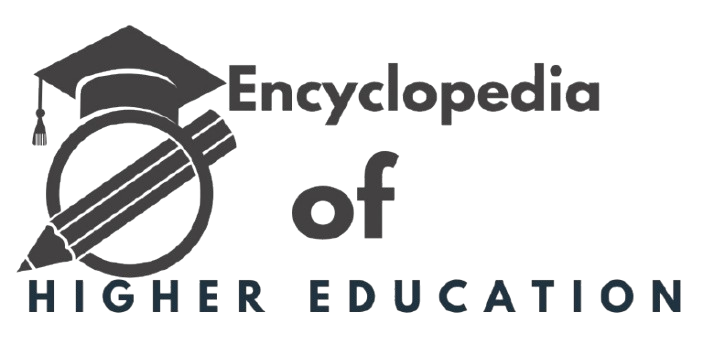
What does it take to build a global academic reference from the ground up?
The Encyclopedia of Higher Education began as a vision—an ambitious, perhaps even audacious, idea: to create a comprehensive, multidisciplinary, globally representative, and permanently relevant academic resource on higher education. What followed was a two-year journey filled with editorial debates, sleepless deadlines, design sprints, ethical reflections, and, above all, an unwavering belief in the power of knowledge.
This blog takes you behind the scenes.
🌱 The Vision: One Idea, Many Minds
The first seed was planted in 2023. At that time, we observed a common frustration among researchers and institutional leaders: there was no single reference that truly captured the diversity, complexity, and interconnectedness of global higher education systems. Most academic books were either too narrow in scope or too regionally biased.
The vision was clear:
Create an encyclopedia that reflects every dimension of higher education—its systems, strategies, crises, innovations, and future directions.
But this was never a one-person project. The idea quickly grew into a network of collaborators—scholars, deans, policymakers, accreditation experts, and university administrators—each contributing their knowledge, their lens, and their lived experiences.
🧠 The Editorial Backbone
One of the first—and most challenging—tasks was to build a coherent editorial structure across dozens of volumes. We asked ourselves:
- How do we organize this encyclopedia without becoming repetitive or fragmented?
- Which themes matter most in today’s world—and tomorrow’s?
- How do we balance academic rigor with accessibility?
The result: each volume was assigned a curated theme—from internationalization and governance to technology, ethics, and AI. A dedicated editorial lead was appointed for each volume, ensuring thematic consistency and academic oversight.
We also developed:
- A shared submission template
- A detailed review rubric
- An author handbook with writing and citation guidelines
- An ethics policy aligned with COPE principles
The Call for Chapters was then shared globally, reaching over 5,000 academic and professional networks.
🌍 A Truly Global Community
Within weeks, proposals started pouring in from every corner of the world—Nigeria, India, the United Kingdom, Brazil, Turkey, the Philippines, Canada, Egypt, Malaysia, and beyond. The diversity of topics and the passion of contributors confirmed what we believed all along: the world was ready for this.
We were not just building a publication—we were building an academic community.
Editorial meetings became virtual roundtables of dialogue and collaboration, crossing time zones and disciplines. Every accepted proposal underwent double-blind peer review, followed by developmental editing and quality assurance by the volume editors.
🏗 Building the Platform
The technical side of the project was just as intensive.
We partnered with Apple Academic Press (AAP) to ensure international distribution and indexing. Our digital team began building a dedicated encyclopedia website, offering:
- Open-access summaries for each chapter
- Contributor profiles
- Resources and guidelines for authors and editors
- A centralized submission and review portal
We chose a clean, academic design with multilingual support, mobile responsiveness, and easy navigation for global audiences.
⚖️ Challenges Along the Way
No large-scale project is without its hurdles.
- 📌 Time zones and deadlines: Coordinating hundreds of contributors worldwide wasn’t easy. We built buffer periods and flexible feedback systems.
- 📌 Maintaining quality: With so many voices, maintaining academic consistency required careful editing and multiple review layers.
- 📌 Balancing inclusivity with excellence: We made a conscious effort to support early-career researchers and non-native English speakers without compromising on rigor.
These challenges became learning opportunities—and strengthened the editorial ethos that drives this encyclopedia.
🔮 What Comes Next
The first wave of volumes is now under final production, with publication scheduled in early 2026. But this is just the beginning.
We plan to:
- Expand the digital platform with live data, case studies, and policy dashboards
- Host webinars, panels, and author talks
- Launch a multilingual companion site
- Open a living volumes section for updated chapters and research briefs
💬 A Note from the Editorial Team
“This encyclopedia is not just a reference book. It’s a collective academic legacy—a contribution to global knowledge that will serve generations of students, educators, policymakers, and reformers.”
We invite you to be part of this journey. Submit a chapter. Join a review panel. Share the project with your network.
Behind every entry in the Encyclopedia of Higher Education is a story—and behind every story is a shared belief that knowledge can transform the future.
